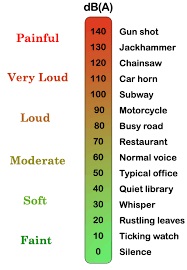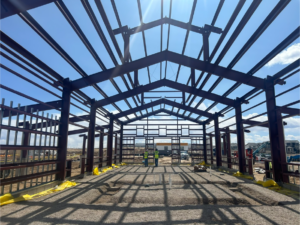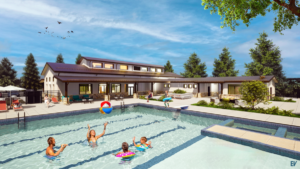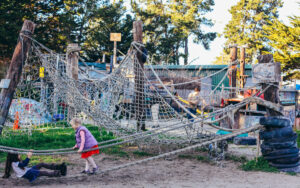Pickleball Court Decibel Levels: Understanding the Noise and Mitigation Solutions
Pickleball courts generate sound levels between 60 and 70 decibels, depending on gameplay intensity. This noise is comparable to other recreational activities like tennis, which also reaches similar decibel ranges. In contrast, basketball and playgrounds can produce sounds up to 80 decibels, while ambient traffic noise ranges from 50 to 90 decibels, depending on the volume of cars.
Comparing Pickleball to Other Noise Sources
Although pickleball’s noise level is moderate, it can be bothersome to nearby residents, especially if courts are located within close proximity to homes. In contrast, playgrounds and basketball courts tend to produce more consistent noise due to louder group activity. For example, basketball courts generate frequent impacts from the ball, which can exceed pickleball noise in duration and intensity.
On the other hand, ambient outdoor sounds, such as moderate traffic, can exceed 85 decibels, particularly near highways. These higher decibel levels are typically more constant, unlike the intermittent but sharp sound of a pickleball hitting a paddle.
Recommended Noise Mitigation Methods
To minimize the impact of pickleball noise on surrounding homes, several sound mitigation strategies are recommended:
- Landscaping
Dense hedges and trees can act as natural barriers that absorb sound. When planted strategically around courts, landscaping helps reduce noise pollution. - Earth Berms
Building earth berms—raised mounds of soil—along the perimeter of the court can further block sound. These berms create a natural sound barrier, reducing noise transmission to nearby residences. - Sound Barriers
Installing soundproof fencing or walls around the courts is another effective solution. These barriers can significantly decrease decibel levels heard by nearby residents. - Court Surfaces and Materials
Using softer surfaces or low-noise paddles and balls can further reduce sound intensity during games.
Impact on Recommended Distances to Residences
Mitigation efforts directly influence how far a court should be located from homes. Without mitigation, courts should be situated at least 500 feet from residences to prevent disturbance. However, when using sound barriers, earth berms, or landscaping, courts can be placed as close as 150 to 200 feet from homes, while still minimizing noise impact.
Conclusion
Pickleball courts produce moderate sound levels, comparable to other recreational activities but quieter than heavy traffic. Effective sound mitigation strategies, such as landscaping and sound barriers, significantly reduce the impact on nearby residents. By applying these methods, courts can be located closer to homes without causing noise disturbances.











